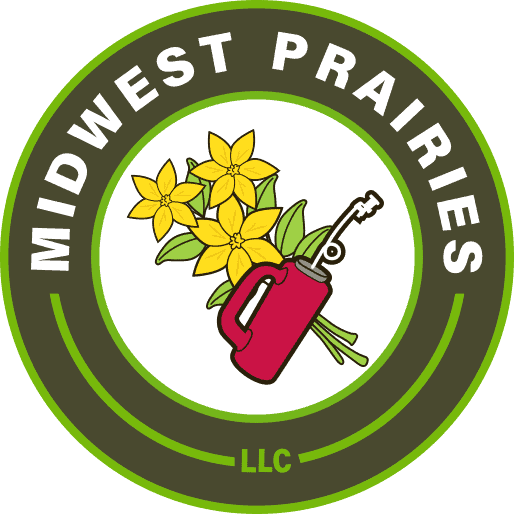Savanna Restoration
Savanna Restoration
The Savannas of Wisconsin have deteriorated profoundly
A savanna, or more properly, a Midwestern Oak Savanna, looks like “trees in a prairie” or “prairie openings in a woodland.” A savanna has tree cover ranging from 1 to 20 or so trees per acre and allows at least 50% of sunlight to hit the ground. The dominant tree is bur oak, which has a corky bark that protects it from fire. Other trees, such as black oak, shagbark hickory, and white oak, may also be found.
Southern Wisconsin historically had savanna cover of 20-40% depending on how you define a savanna. Generally, savannas occur in uplands, but lowland savannas can be found. In the original land surveys they might be identified as “barrens” or “scrub-oak” or “oak openings.”
The savannas of Wisconsin have deteriorated so profoundly and rapidly in the past fifty years that they have become one of the most endangered ecosystems on the planet.
Today, former savannas are currently either trashy woodlands or crop fields. Restoring a savanna by starting with a pasture or corn field is a process
A healthy Midwestern savanna is extraordinarily diverse. Because of the variation of shade and sun, a significant number of species of both prairie and woodland ecosystems may be found in savannas in addition to a few species that are found only in savannas. However, the invasive species of buckthorn and honeysuckle combined with the onslaught of native trees “released” due to lack of herbivory and fire have pushed today’s savannas to the brink of collapse. Without intervention, the mature oaks will eventually die and the land will revert to a scrubby condition with much-reduced habitat value.
The process for restoring a savanna in southern Wisconsin generally involves removing invasive species, often by forestry mowing, removing all other trees except oaks and hickories, and re-establishing native ground layer vegetation. Ground layer vegetation includes native grasses, sedges and wildflowers. This is a step that is often missed, but healthy ground layer vegetation provides fuel for prescribed fire and greatly reduces the opportunity for invasives to get established.
The process takes several years to accomplish, but once a savanna has been restored to a healthier state, periodic burning is often enough to keep it healthy for decades to come.
Restoring the habitats and ecosystems of southern Wisconsin
We work with private land owners, park districts, state agencies, and others who wish to bring about a land restoration and enhance the environment.

